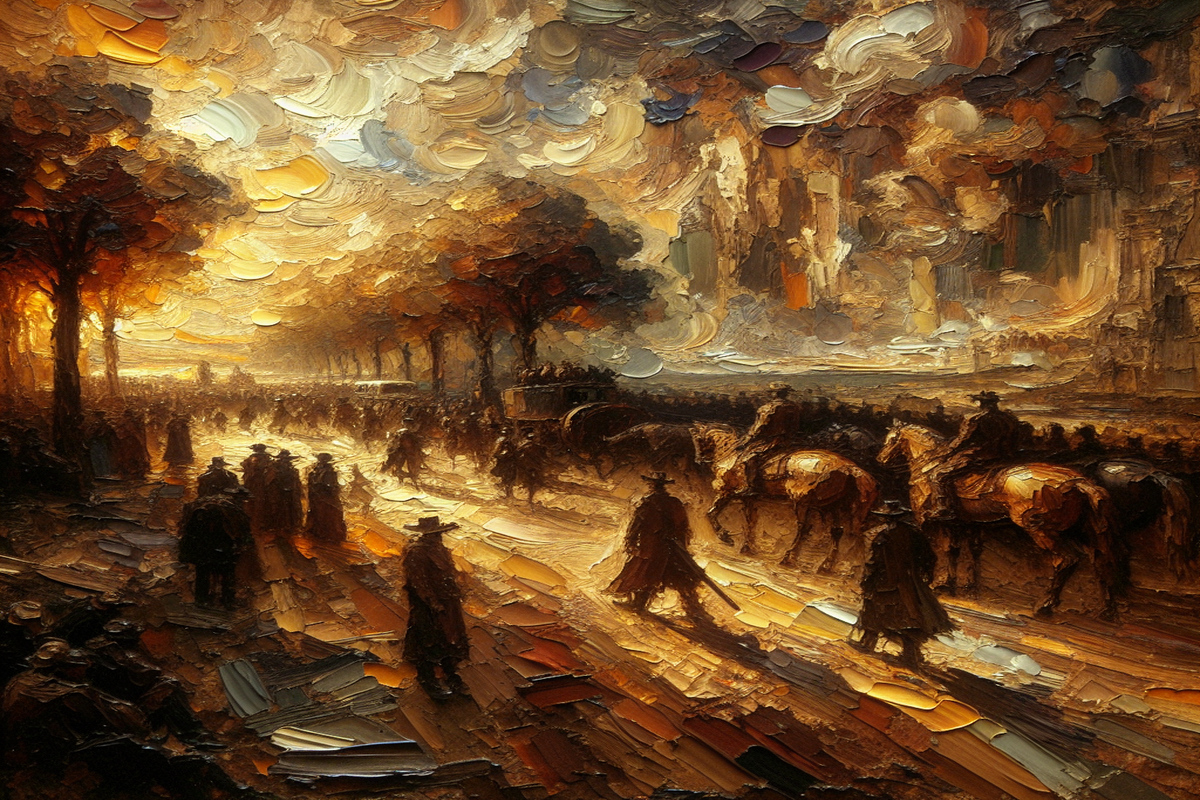What does maize represent in Mexican culture
Maize is more than a crop in Mexico; it is a thread that links history, identity and territory. From the syllables of myths to the everyday table, maize acts as a national symbol and as a living memory of millenary agricultural practices.
My perspective as a Mexican, lover of paleontology and history, seeks to connect that symbol with remains, art and traditions that we preserve in museums and plazas.
Origin and domestication
Maize did not appear ready-made; it was the result of centuries of selection, exchange and care — a process as complex as the ones paleontology studies when reconstructing ancient ecosystems.
The relationship between domesticated plants and human societies appears in studies of prehistory, which explore landscape changes and agricultural techniques. We have already written about prehistory and about finds that link the past with the present.
From teosinte to maize: a landscape transformation
The wild ancestor of maize, teosinte, provided the raw material that Mesoamerican communities transformed with knowledge passed down from generation to generation.
That domestication process is studied with archaeobotanical tools and dating methods similar to those used to date fossil remains, as we explain in dating of fossils.
Maize in the worldview
In many regions of Mexico, maize occupies the center of cosmogonic narratives; it is considered sustenance granted by sacred forces, an element of collective identity and a reference in rituals.
These meanings traverse representations in codices, murals and texts, preserving readings that connect the human with the agricultural.
Creation myths and social structuring
Narratives that place maize at the origin of humanity emphasize its role as sustenance and as a boundary between the everyday and the ritual, a function that endures in agricultural festivities and ceremonies.
That intangible heritage coexists with material manifestations, from decorated vessels to offerings and regional chants.
Food, economy and local practices
Maize feeds millions, supports regional cuisines and structures family economies, markets and festivals. Its economic value mixes with the symbolic, shaping local identities.
In Tultepec and other localities, maize appears in offerings and in popular cuisine, alongside traditions related to pyrotechnics and festivities, a topic we also address in Tultepec traditions.
Gastronomy as memory
Tortillas, tamales and atoles are more than recipes; they are living archives of agro-food techniques, of maize varieties and of know-how transmitted without writing.
Preserving these practices involves caring for heirloom seeds and agricultural territories where maize remains the backbone of the diet.
Art, visual narrative and heritage
Maize stars in images in codices, murals and folk art; it appears in rock paintings that document human coexistence with plants and animals.
We have published about rock motifs and their informative value in rock paintings — evidence of the past, a relationship that allows us to read ancient agricultural landscapes.
Iconography of maize in objects and architecture
In archaeological pieces and contemporary art, maize functions as a metaphor for abundance but also as a sign of cultural resistance against processes of global homogenization.
Museums and galleries document that iconography, and local cultural spaces reinterpret it in temporary exhibitions.
Science, museums and outreach
Museums like ours integrate narratives where paleontology, archaeology and ethnography converse, showing how a grain becomes a national symbol.
We have already addressed links between fossils and memory in fossils — remains that reveal the past, a useful conversation to understand scientific methods applicable to ancient plant material.
Seed conservation and traditional knowledge
Conserving maize varieties requires more than germplasm banks; it demands public policies, participatory research and recognition of traditional farmers’ knowledge.
Museums, in addition to exhibiting, can facilitate links between scientists, farmers and the public, as we have explored in other outreach projects.
Contemporary context and challenges
Today maize faces pressures from climate change, monoculture and loss of genetic diversity — factors that affect both food security and the culture tied to the crop.
Safeguarding maize implies protecting ecosystems, supporting producing communities and promoting sustainable agricultural practices.
Public policies and food sovereignty
The discussion about the future of maize crosses rights, markets and science, raising questions about who decides the seeds that are sown and the food that reaches the table.
In the cultural sphere, maintaining the presence of maize in festivals, museums and schools helps keep collective memory alive.
Maize, identity and collective memory
Maize sustains a national narrative that is plural and regional at once, capable of bringing together diverse worldviews under a single symbol.
From archaeology to local celebrations, maize remains a meeting point between past and present.
Museums and maize routes
Visiting exhibitions that integrate natural history, anthropology and art allows one to understand maize in all its dimensions, and reinforces the idea of shared heritage.
In Tultepec, our collections and activities link memories of the land with contemporary practices, as happens in other cultural displays, and in exhibitions about mammoths and megafauna, for example in The Mammoth of Tultepec — curiosities about mammoths.
Final invitation
Maize is a mirror of Mexico; it reflects its history, its diversity and its possible future. Protecting it requires recognition, science and policies that respect local knowledge.
If you want to approach these topics, at the Museum of the Mammoth of Tultepec we offer tours that put natural past and human culture in dialogue — check how to get here in Museum of the Mammoth — AIFA how to get there and find more readings related to our collection.


